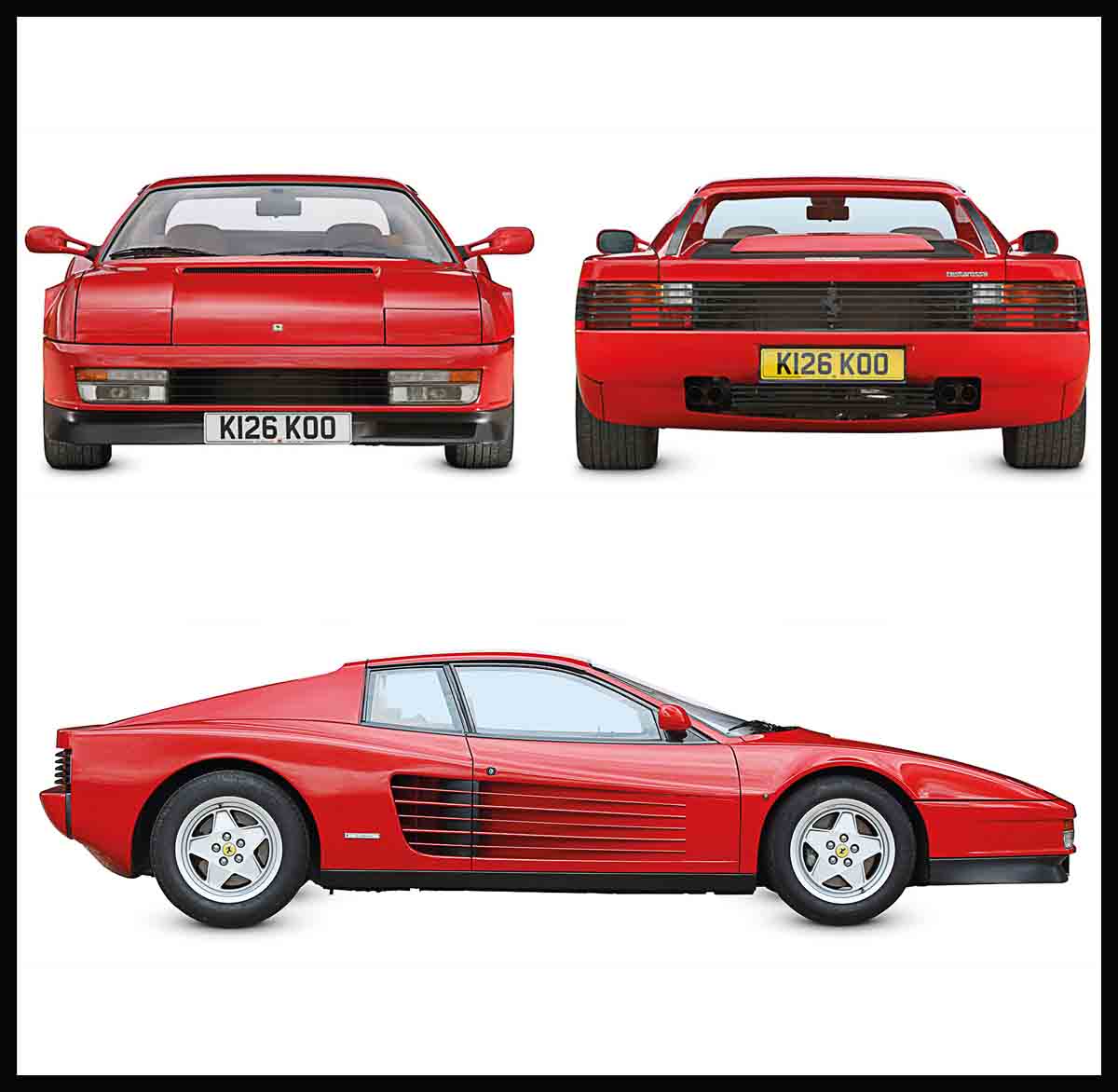
Ferrari Testarossa
Reviving a famous name last used in the 1950s, the 1984 Ferrari Testarossa was a Pininfarina-designed, 12-cylinder two-seater. The early “red heads” had been racing machines, but this was a pure road car—sleek, very fast, and enormously expensive. Like many Ferrari Formula 1 engines of the period, it was powered by a flat or “boxer” engine rather than a more conventional V12. It remained in production until 1996.
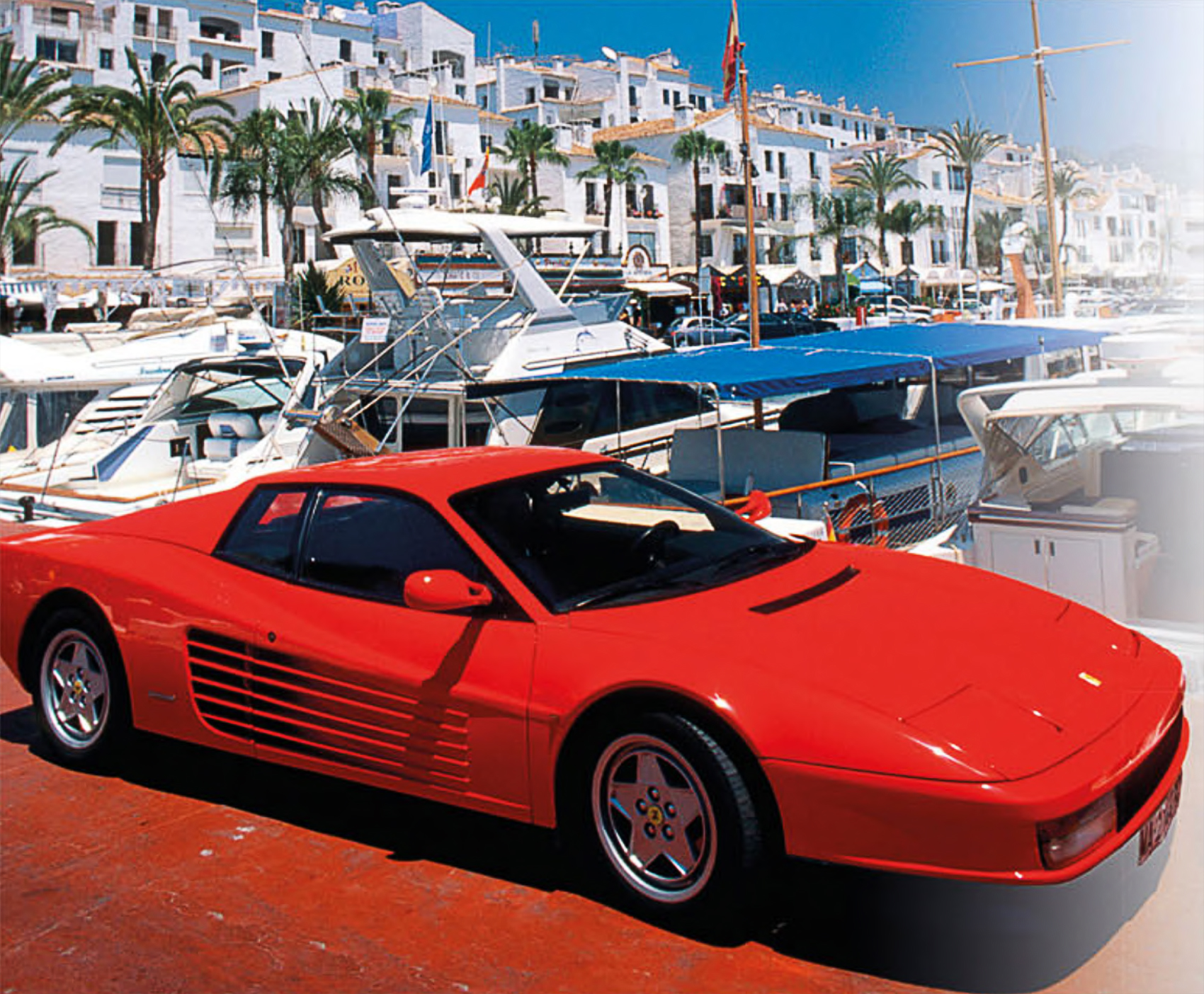
FACING RENEWED COMPETITION from Lamborghini, Ferrari was keen to address complaints from customers about its range-topping 512i BB. These issues included a lack of luggage space and an interior that became stiflingly hot in summer,due to the car’s midmounted engine and front-mounted radiators.
Ferrari’s solution was a wider and longer car, with deep intakes ahead of the rear wheels to channel cooling air into the engine. Lacking the curves of its predecessor, the radical new look was controversial, but a spacious and more comfortable interior made it increasingly sought after by collectors.
With its profile raised by a lead role in the Miami Vice TV-series, Ferrari sold almost 10,000 cars in all, an astonishing total for such an expensive model.

SPECIFICATIONS
| Model | Ferrari Testarossa, 1984-91 |
| Assembly | Maranello, Italy |
| Production | 7,177 |
| Construction | Tubular steel frame with aluminum panels |
| Engine | 4,943 cc, flat-12 |
| Power output | 390 bhp |
| Transmission | 5-speed manual |
| Suspension | All-round double wishbones with coil springs |
| Brakes | All-round discs |
| Maximum speed | 180 mph (290 km/h) |
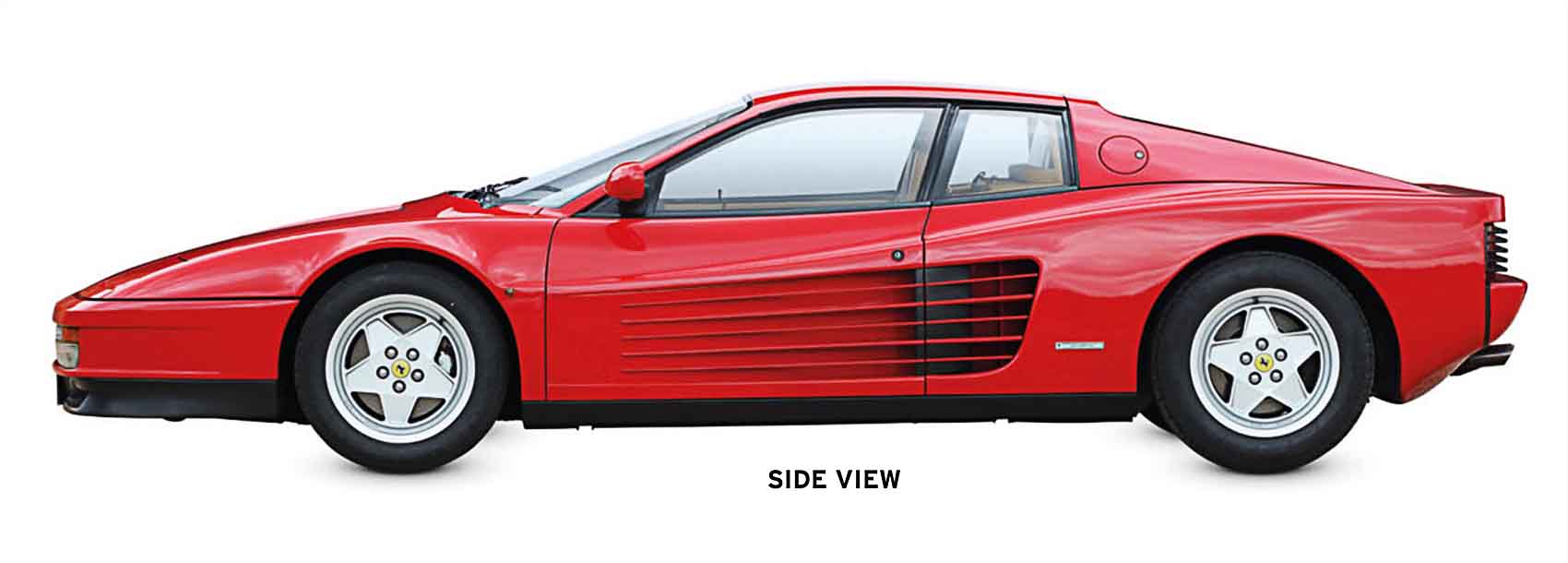
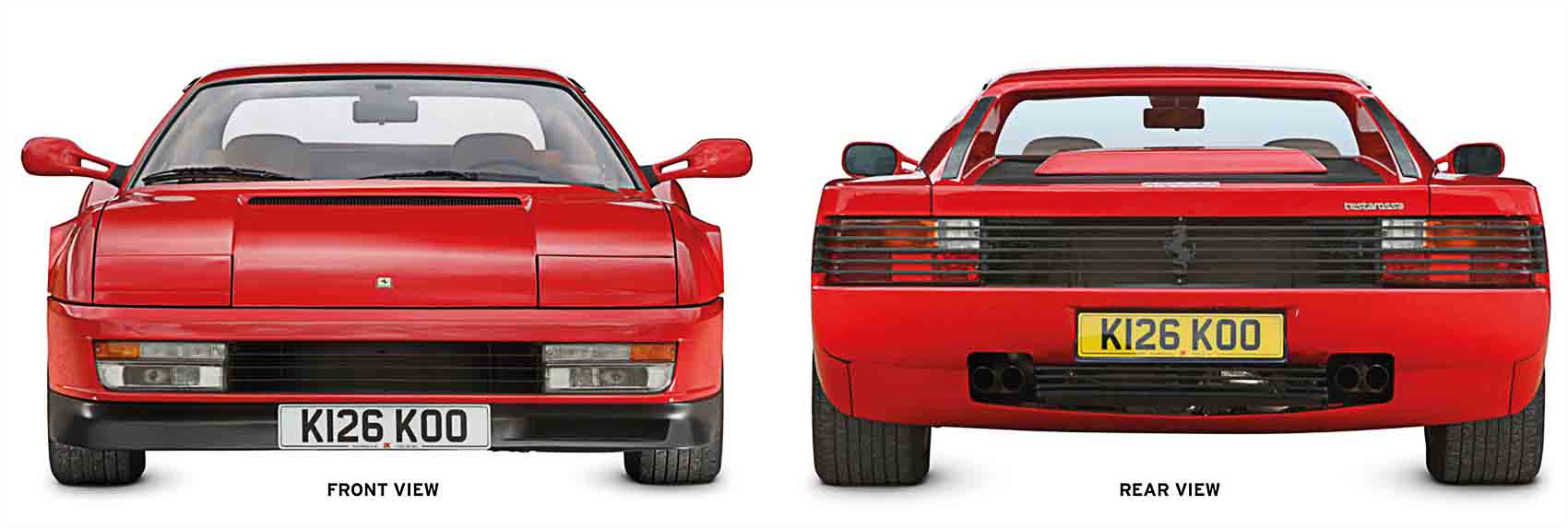
Styling
Pininfarina designers courted controversy by abandoning the strong family look of earlier Ferraris and designing a car much larger than its predecessor. Criticized at the time for pandering to the 1980s’ taste for excess, the car is now recognized for what it is—a legitimate Ferrari classic.

Testarossa badge
A legendary name in Ferrari circles, Testarossa recalls the company’s 1957 World Sportscar Championship-winning race-car which took Le Mans by storm the following year. Just 34 machines were built and survivors today command the very highest prices on the global auction market.
ON THE ROAD
A strong seller when new, the Testarossa was slow to achieve classic status. Now, however, its position seems assured, with values climbing rapidly. Detractors said the car was too large, and that it exemplified the worst of 1980s’ tastes. But on the plus side, it had a superb engine, and as supercars go, it was surprisingly practical. Also, with prices for its Berlinetta Boxer and Daytona predecessors now firmly established in the stratosphere, enthusiasts were increasingly willing to consider more recent cars.
Anyone taking the plunge was unlikely to be disappointed. These cars looked and felt very special indeed, and with later versions capable of almost 200 mph (322 km/h)—what was not to like?
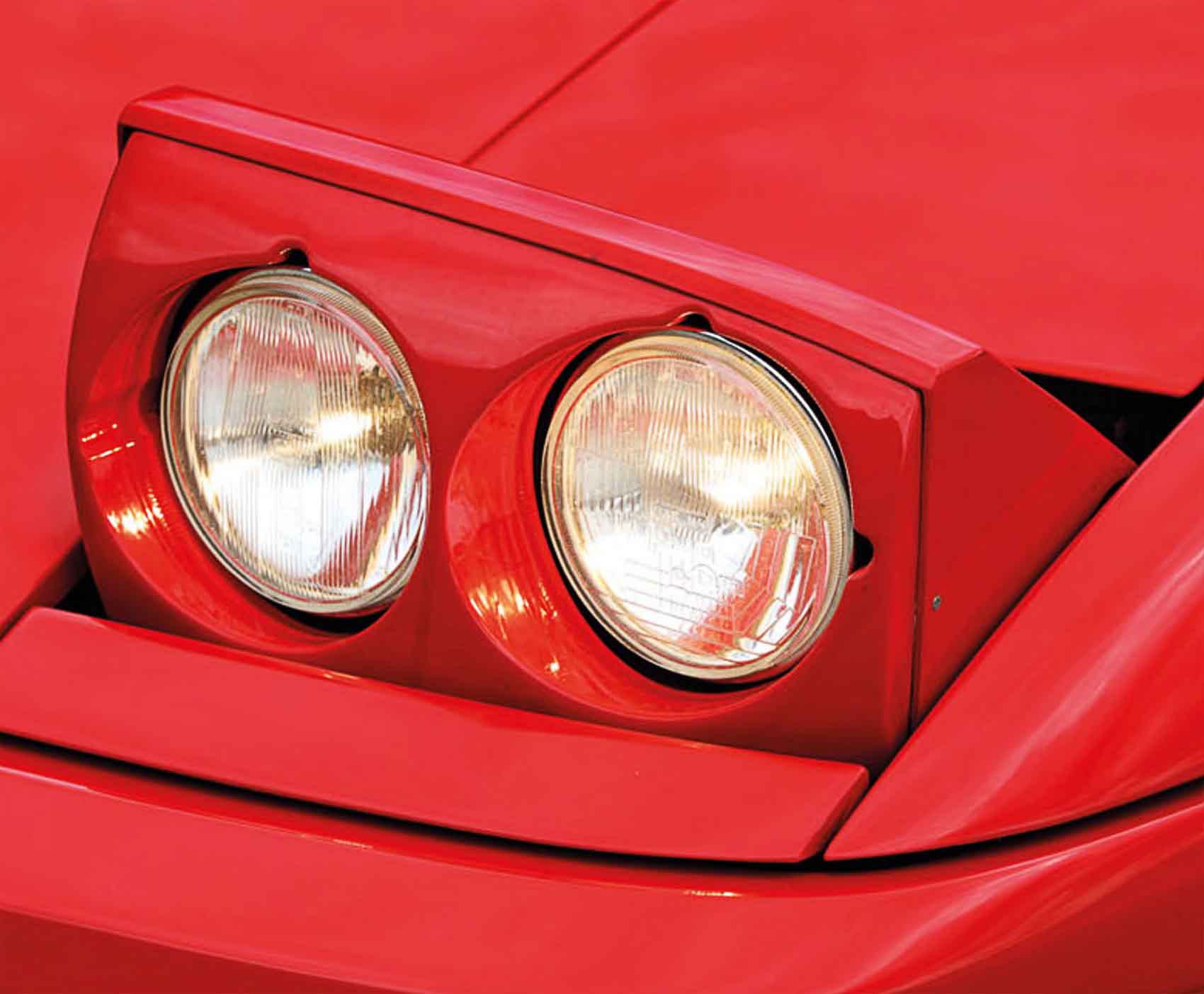
Pop-up headlamps (fitted until 1994)
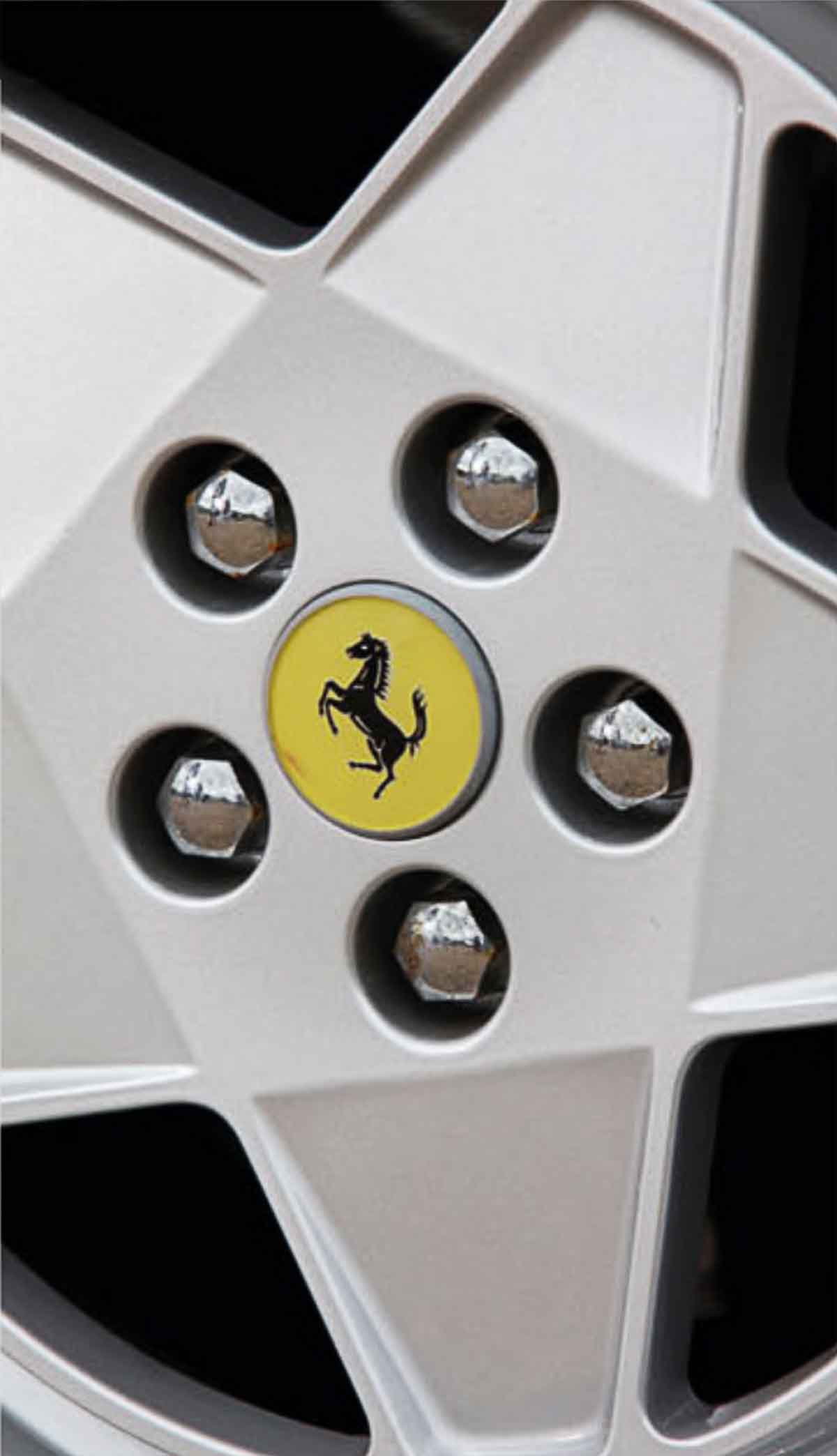
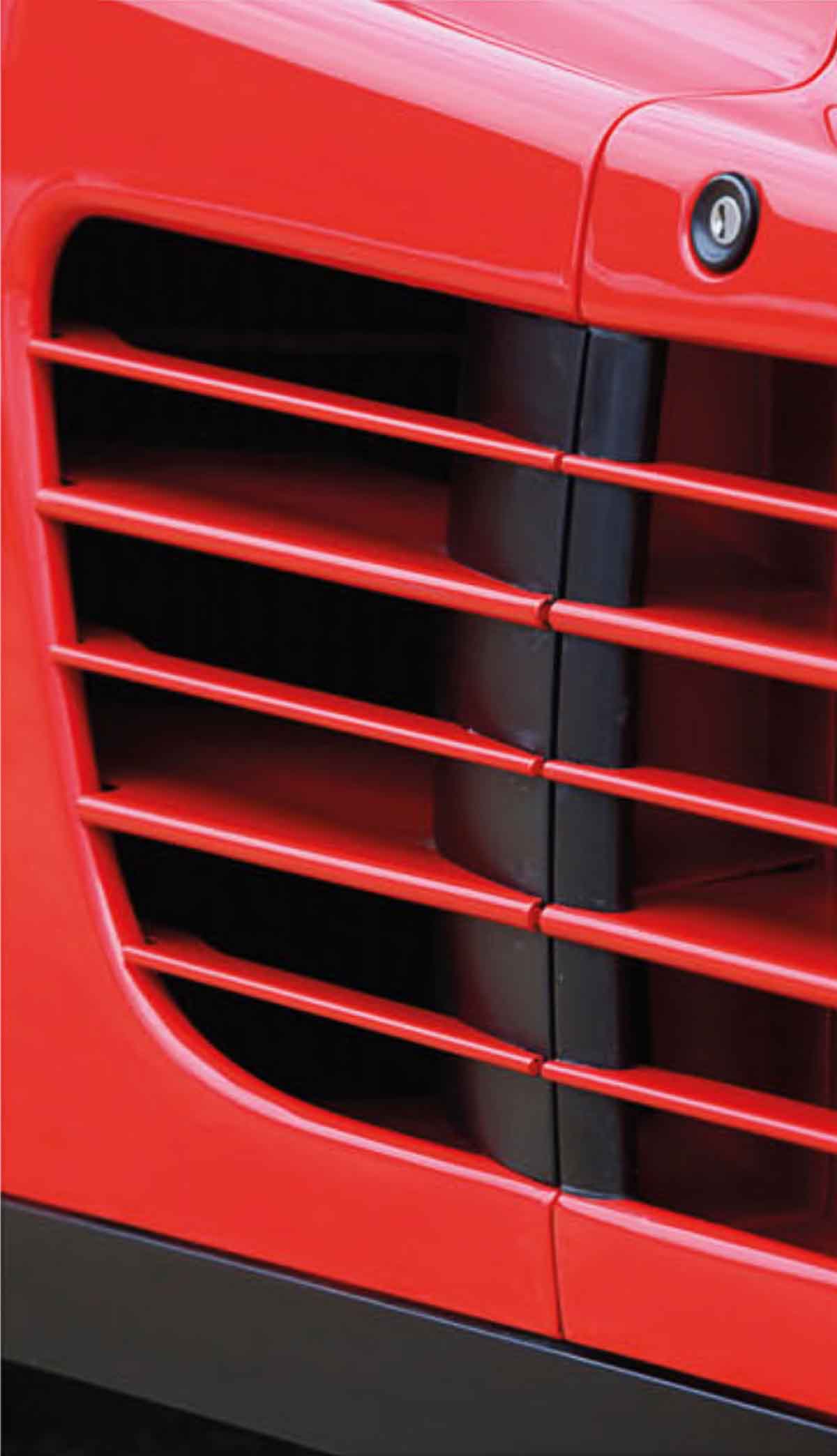
Five-spoke alloys (the company’s familiar company trademark)
Side strakes channel air into side-mounted radiators

Ferrari’s favorite designer

Ferrari badge proudly displayed
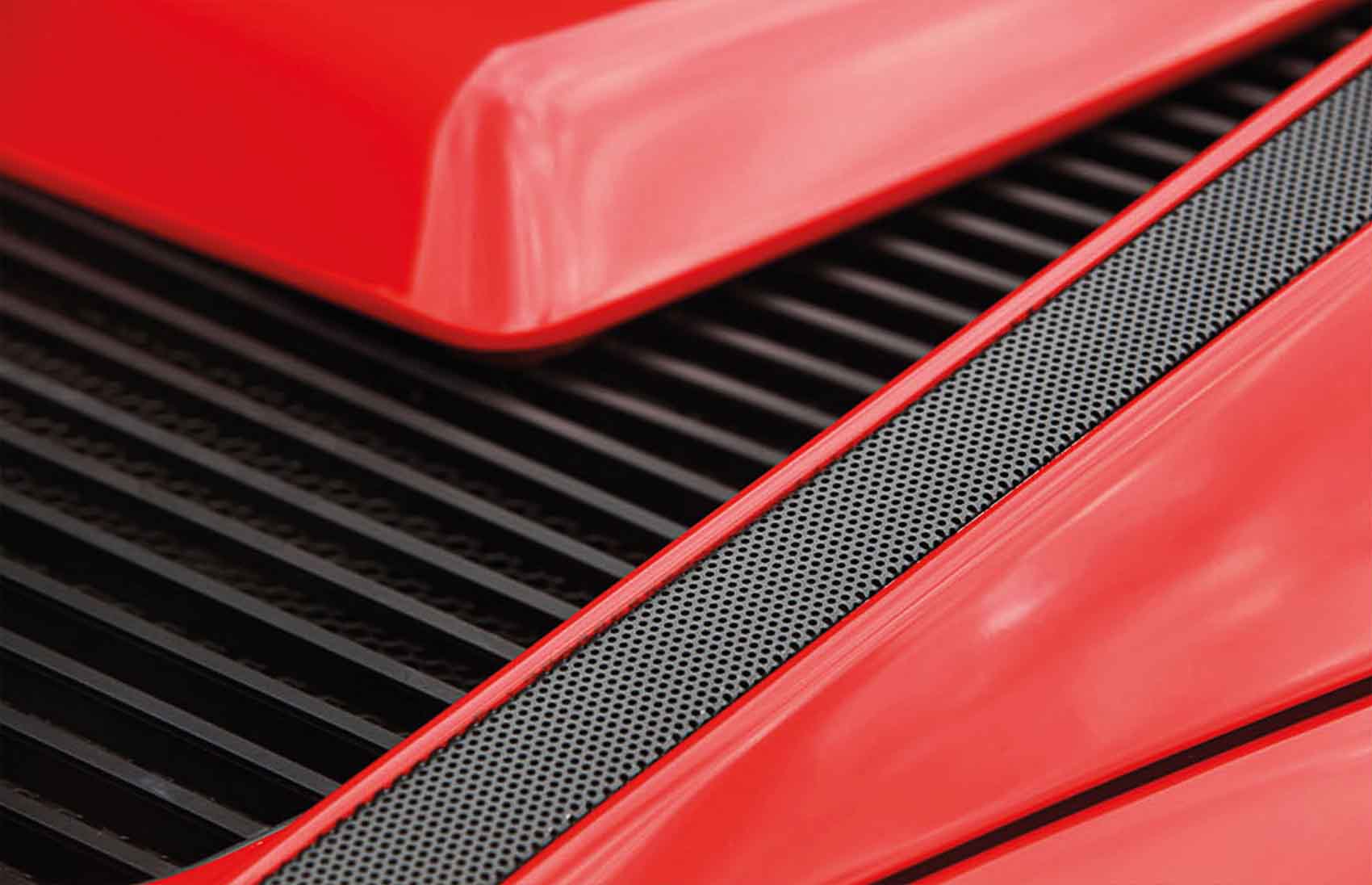
Red cover for a red head
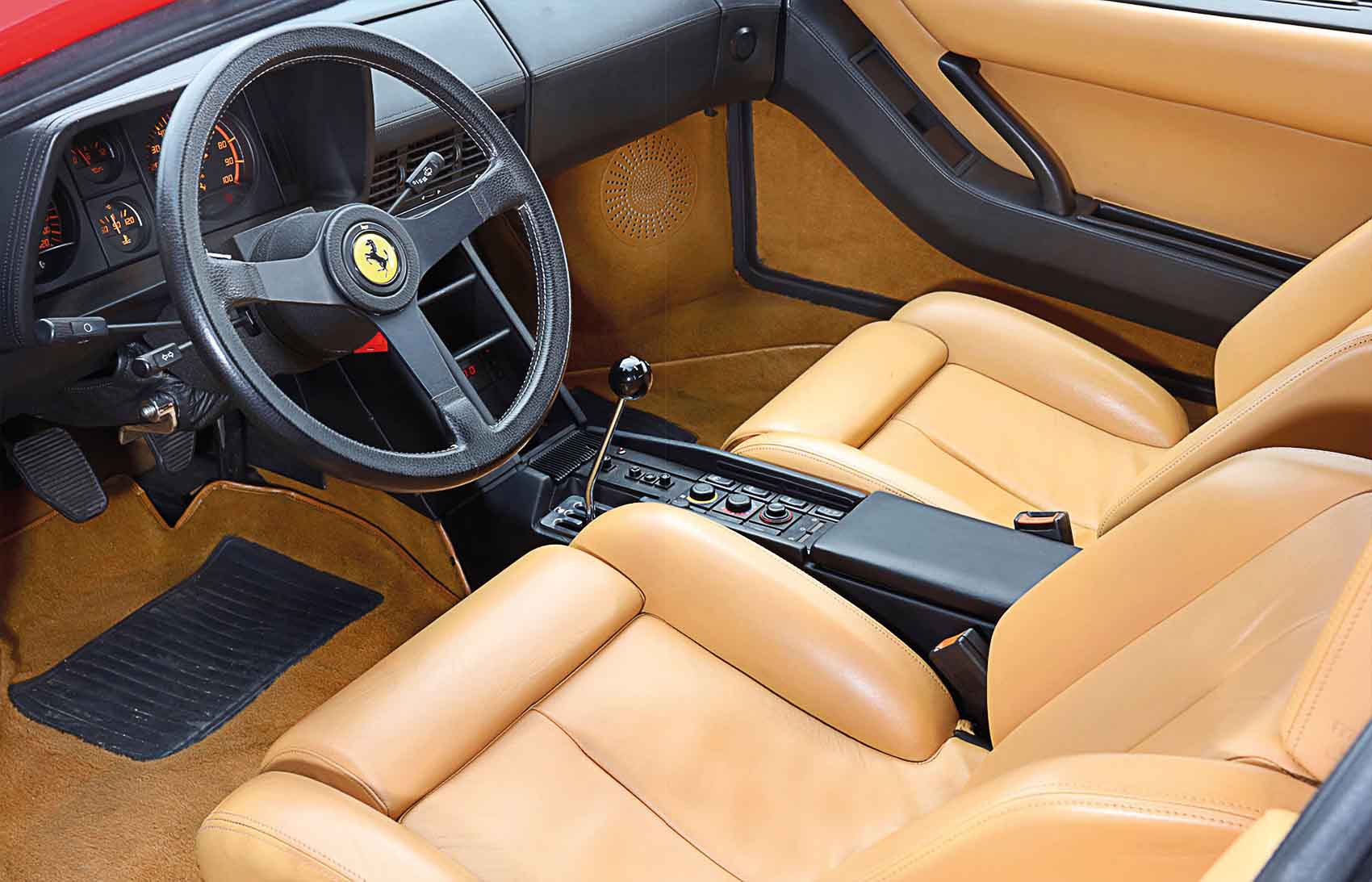
Interior was Ferrari’s most comfortable so far
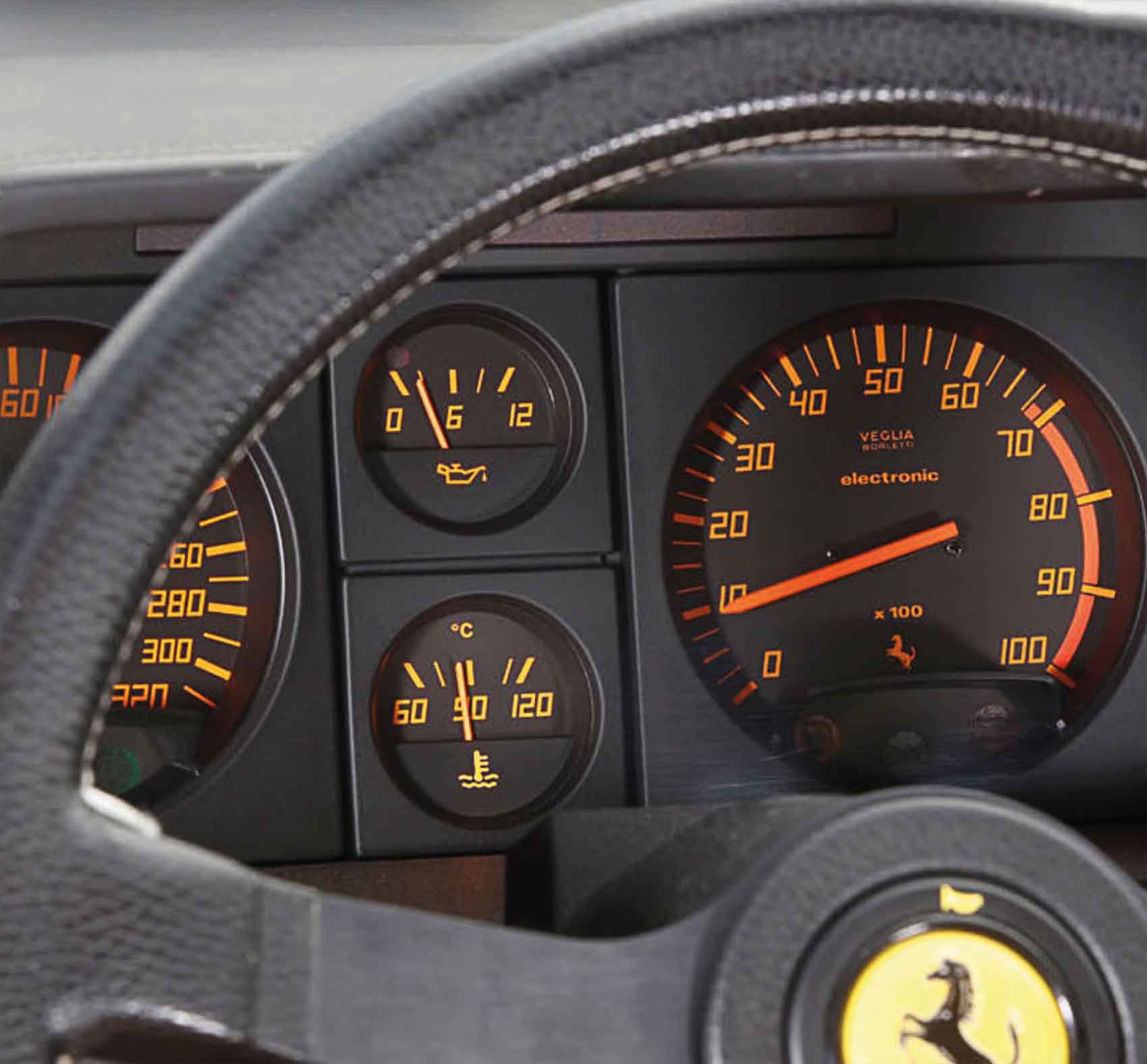
Neat dashboard with just four instruments
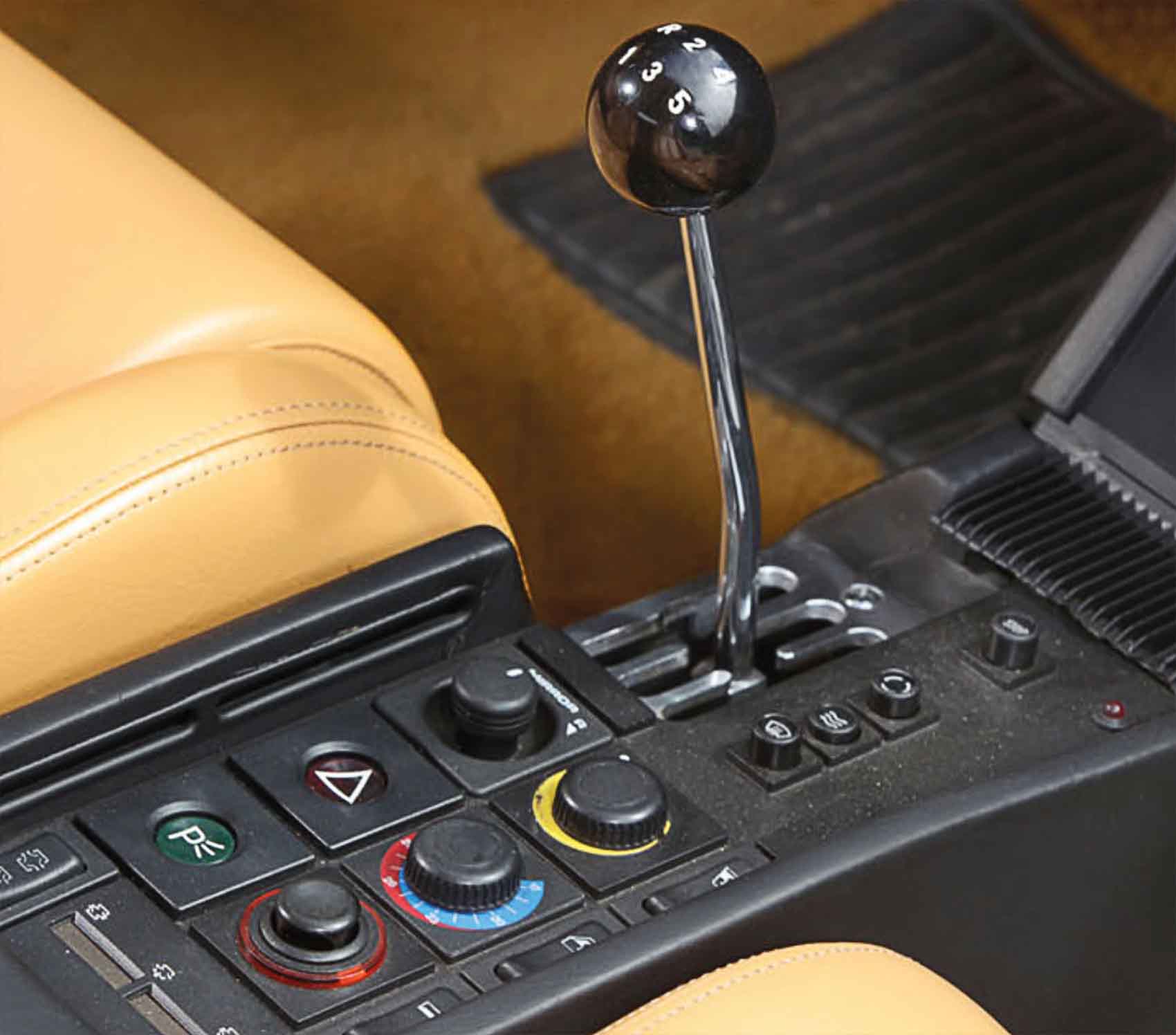
Ferrari’s familiar open-gate gear lever.
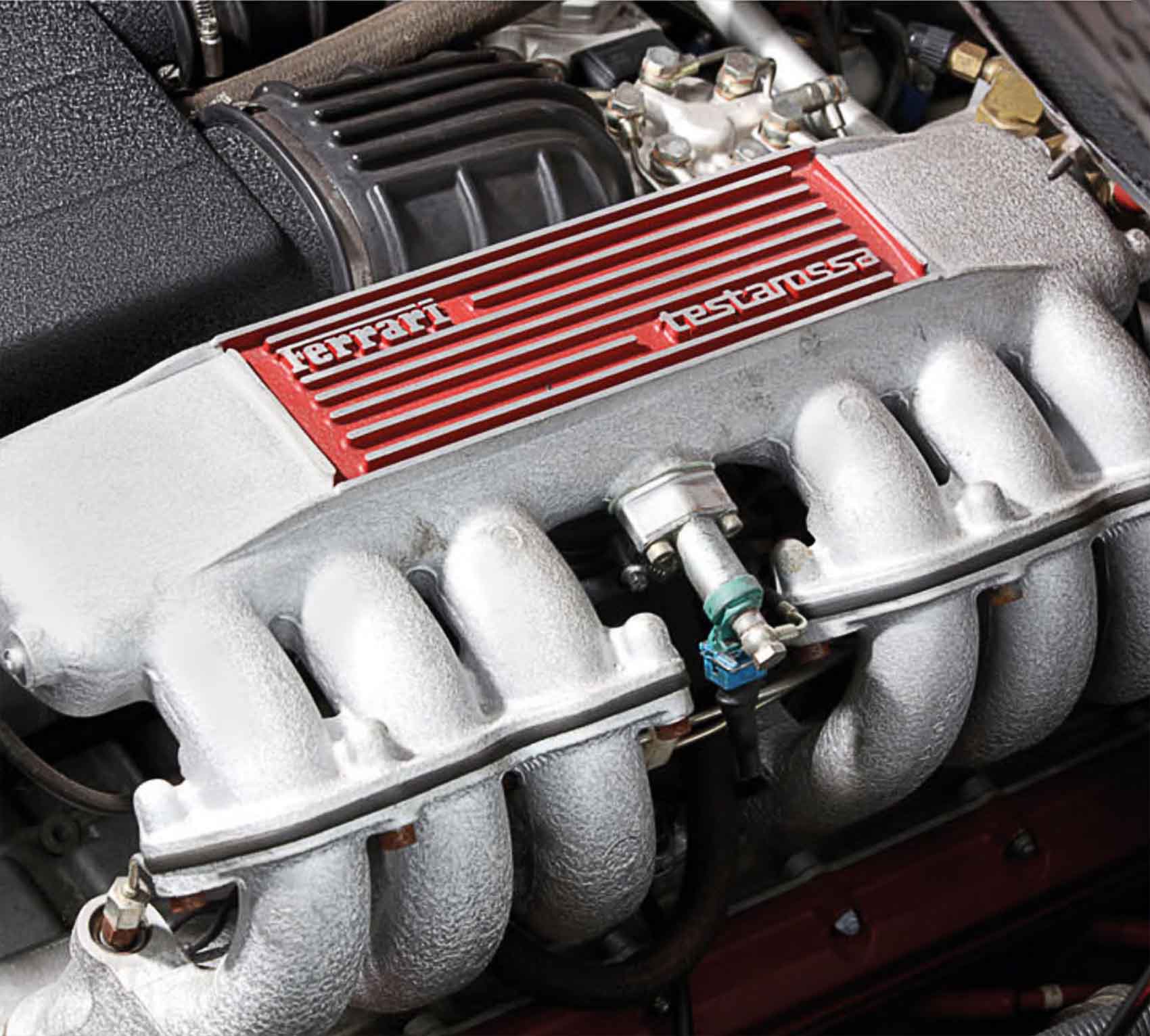
Red cam covers, hence Testarossa, Italian for “red head”
It is a quote. The Classic Car Book – The Definitive Visual History 2016




